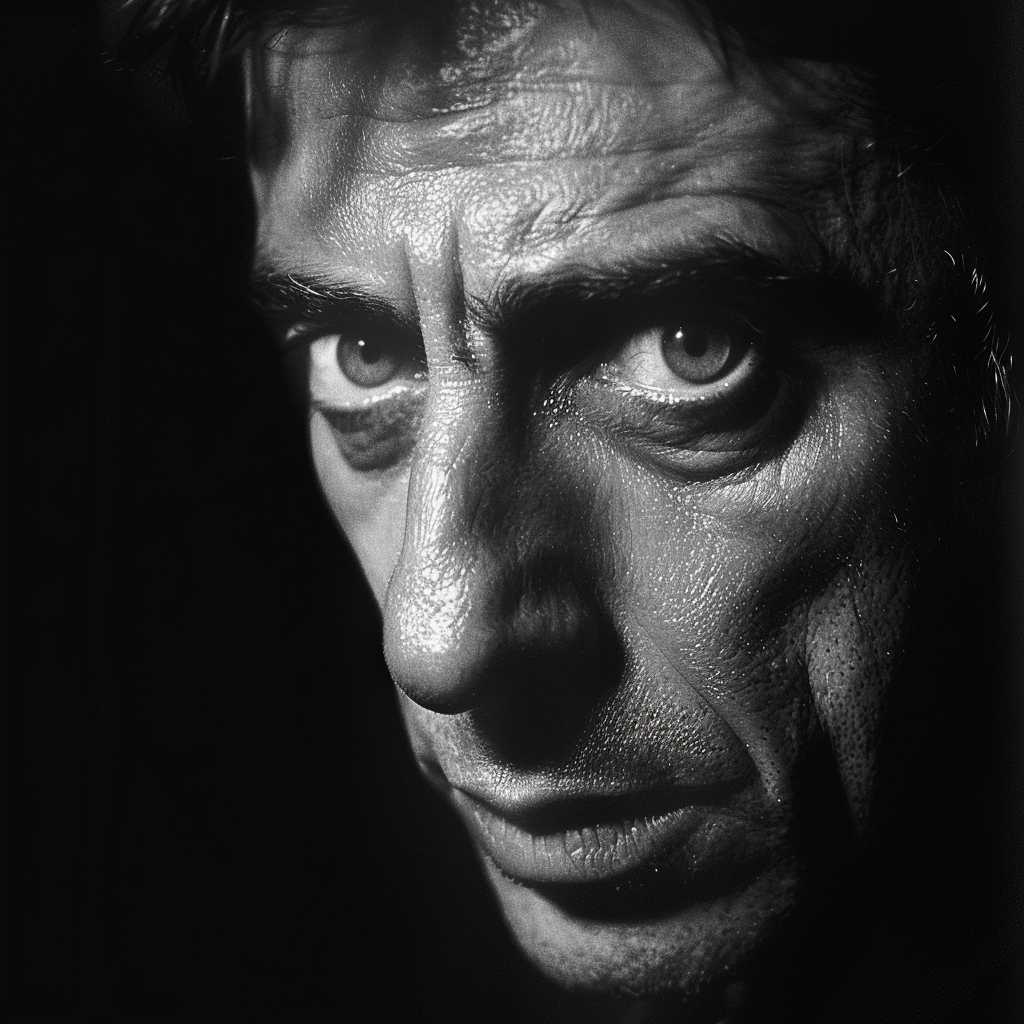The Evolution and Impact of Al Pacino’s Illustrious Acting Career
Throughout the history of cinema, few actors have left as indelible a mark as Alfredo James “Al” Pacino. Known for his intense characterization, dedication to method acting, and a gallery of unforgettable roles, Al Pacino has become synonymous with exceptional dramatic performance. An actor whose career spans over five decades, Pacino has gone from the dynamic newcomer to the respected veteran, solidifying his place among Hollywood’s elite.
Early Life and Entry into Acting
Childhood Influences and Education
Al Pacino was born on April 25, 1940, in East Harlem, New York City. Raised in the South Bronx by his divorced mother and her parents after his father left when he was two, Pacino found an escape from his challenging surroundings in movies. The school did not capture his interest in the same way, and by the age of 14, he was known more for his prowess in performing arts more than academics.
Pacino’s early affection for the stage led him to The High School of Performing Arts; however, his time there ended abruptly when he dropped out. Pacino then had to take various odd jobs to support himself while pursuing acting courses at Herbert Berghof Studio (HB Studio) under acting teacher Charlie Laughton (not to be confused with Charles Laughton).
New York Theater Beginnings
It was in New York’s theatre circuit that Pacino honed his skills and technique, eventually being accepted into the prestigious Actors Studio where he studied under Lee Strasberg, garnering foundational lessons in method acting that would become a core aspect of all his future work.
Rise to Film Stardom
Breakthrough Role in ‘The Godfather’
Pacino’s career reached a turning point when Francis Ford Coppola cast him as Michael Corleone in ‘The Godfather’ (1972). Despite studio resistance, Coppola’s insistence paid off as it became one of Pacino’s most iconic roles; emphasizing a quiet and intense performance that would earn him Academy Award nominations notably early in his career and set a tone for his cinematic legacy.
Diverse Roles and Critical Acclaim
Following this, Pacino starred in a range of successful films that displayed his versatility as an actor—from the electrifying vigor of “Serpico” (1973) and the ferocious energy in “Dog Day Afternoon” (1975), to quieter but equally compelling roles like those in “Scarecrow” (1973). His portrayal of Michael Corleone throughout all three ‘The Godfather’ films highlights a character arc that defined the complexity and depth he was capable of delivering.
Awards and Recognition
Success continued through the ’80s and ’90s; 1992 marked a milestone when he won an Academy Award for Best Actor for his portrayal of a blind retired army officer in “Scent of a Woman.” His immense contribution to cinema has been widely recognized with multiple awards including Tonys, Emmys, Golden Globes, and an honorary Oscar for lifetime achievement awarded in 2003.
Exploring Al Pacino’s Method Acting Approach
Preparation and Immersion in Roles
Pacino is perhaps best known for his deep dive into method acting which requires an artist to fully inhabit the character they are portraying. His preparation typically involves elaborate research, adaptation of physical mannerisms, psychological exploration of character motivations, and sometimes staying in character off camera or stage.
Impact on His Performances
This dedication to craft ensures each role is suffused with genuine feeling and nuance—whether it be Tony Montana’s volatile bravado in “Scarface” (1983) or the nuanced struggle between duty and disillusionment exhibited as detective Frank Serpico.
Continued Mastery on Stage and Screen
Return to Theater Origins
Even as film brought him international acclaim, Pacino never abandoned theater. He has frequently returned to the stage, demonstrating outdated devotion to artistic expression and collaboration found uniquely in theatrical performance. The medium allows him to explore classics like Shakespeare’s Richard III or David Mamet’s “American Buffalo,” where the actor can refine his art amidst instant audience feedback.
Consistent Film Work Alongside Newer Actors
At an age when many actors slow down or retire, Al Pacino continues to be active both on screen and stage. His later performances include a mix of lead roles and character work alongside newer generations of actors demonstrating that his dedication to the craft is sustained.
Enduring Legacy in Hollywood
Influence on Future Generations
His powerful presence on screen has informed not just audiences but also up-and-coming actors who regard him as model coordinate respectful acknowledgment.
Legacy as an Iconic Actor
Al Pacino stands out not merely for longevity or accolades won but more so for multifaceted performances reflecting humanity at its most authentic—infusing every role whether likable or not with purpose understanding; setting bar stature achieves.
Notes
Image description: A black-and-white photo capturing Al Pacino’s intense expression during an iconic scene from The Godfather. His eyes reflect determination mixed with contemplation—a hallmark of Pacinos’ silent but strong characterization.
